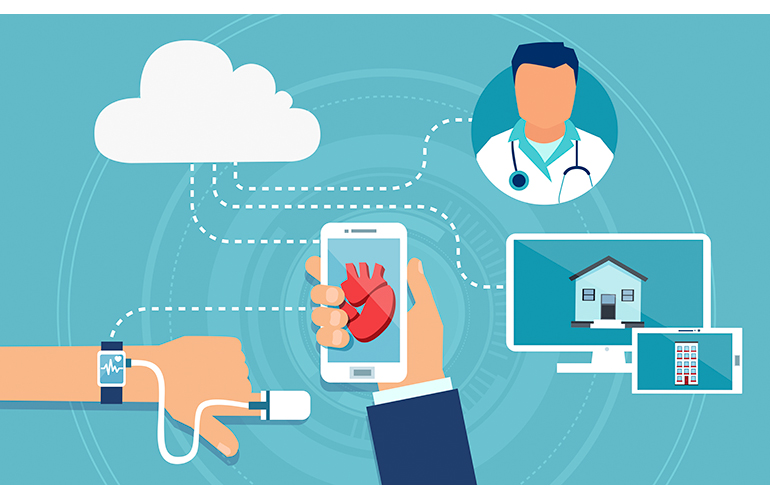Some of the most important devices in a hospital are the ones that are used for patient care. These devices can be expensive and often need to be replaced after a certain period of time.
The hospital staff might not always have the time or expertise to assess security features on these devices, so it is important that these features are designed with security in mind from the start.
There are three main ways to safeguard hospital devices:
1) Designing a device with security in mind from the start;
2) Using encryption and key management software;
3) Using digital certificates.
Introduction to Security Features in Hospital Devices
The hospital device market is growing rapidly, with the number of devices increasing from just over 1 million in 2014 to over 2.4 million in 2017. With this increase comes a significant increase in the risk of data breaches and privacy violations.
Here we will discuss the security features that are being introduced into hospital devices to help minimize these risks and protect patient information.
Device safety features: These are features which help protect patients from harm while they are using their medical devices. These could include sensors which detect when a patient has fallen or is experiencing an adverse event, or warnings if their device is not within a certain range of motion or pressure levels. Device lockouts: A lockout prevents unauthorized users from using a device while it is locked out by requiring them to enter a PIN code before they can use it again, even if they have previously unlocked it with their fingerprint or face ID. Device encryption: This helps ensure that only authorized personnel can access patient data stored on medical devices through an encrypted connection
Security Companies Protect Hospitals with Technology that is Both Effective & Simple
This is an example of how a cybersecurity company can protect hospitals from cyberattacks.
Hospital security has been a major concern for decades, but the recent rise in cyberattacks have made this an even more pressing issue. Cybersecurity companies have developed a number of solutions to help protect hospitals from these attacks, but not all of them are effective or simple enough for implementation. One such solution is the use of Internet of Things (IoT) devices to detect and prevent attacks.
How Technology Can Help Reduce the Impact of Device Attacks on Hospitals
Hospitals are the most vulnerable to cyber attacks as they are constantly connected to the internet. The increasing use of IoT devices in hospitals makes it difficult for hospitals to protect themselves from cyber attacks. You need to buy single shot shotguns for security guards, so that they can physically secure to hospital.
As technology continues to advance, there is a need for an improved framework that can help reduce the impact of device attacks on hospitals. This framework should be able to detect and prevent device attacks, which will allow hospitals to focus on their core business instead of wasting time on cybersecurity measures.
What Are the Best Technology-Based Ways to Increase Safety in a Hospital?
The healthcare industry is constantly changing and improving. Technology-based solutions are one of the best ways to improve safety in hospitals.
Innovations in technology-based solutions have the potential to reduce error rates, save lives, and improve patient outcomes. Some of these innovations include patient monitoring systems, automated medication dispensers, and digital medical records management systems.
Patient monitoring systems enable doctors to monitor patients with a device that can be placed on or near a patient for continuous monitoring. Automated medication dispensers dispense medications according to specific protocols or prescription orders from nurses or doctors. Digital medical records management systems provide an easy way for doctors and nurses to access medical histories from anywhere in the hospital by scanning a paper chart into the system.




